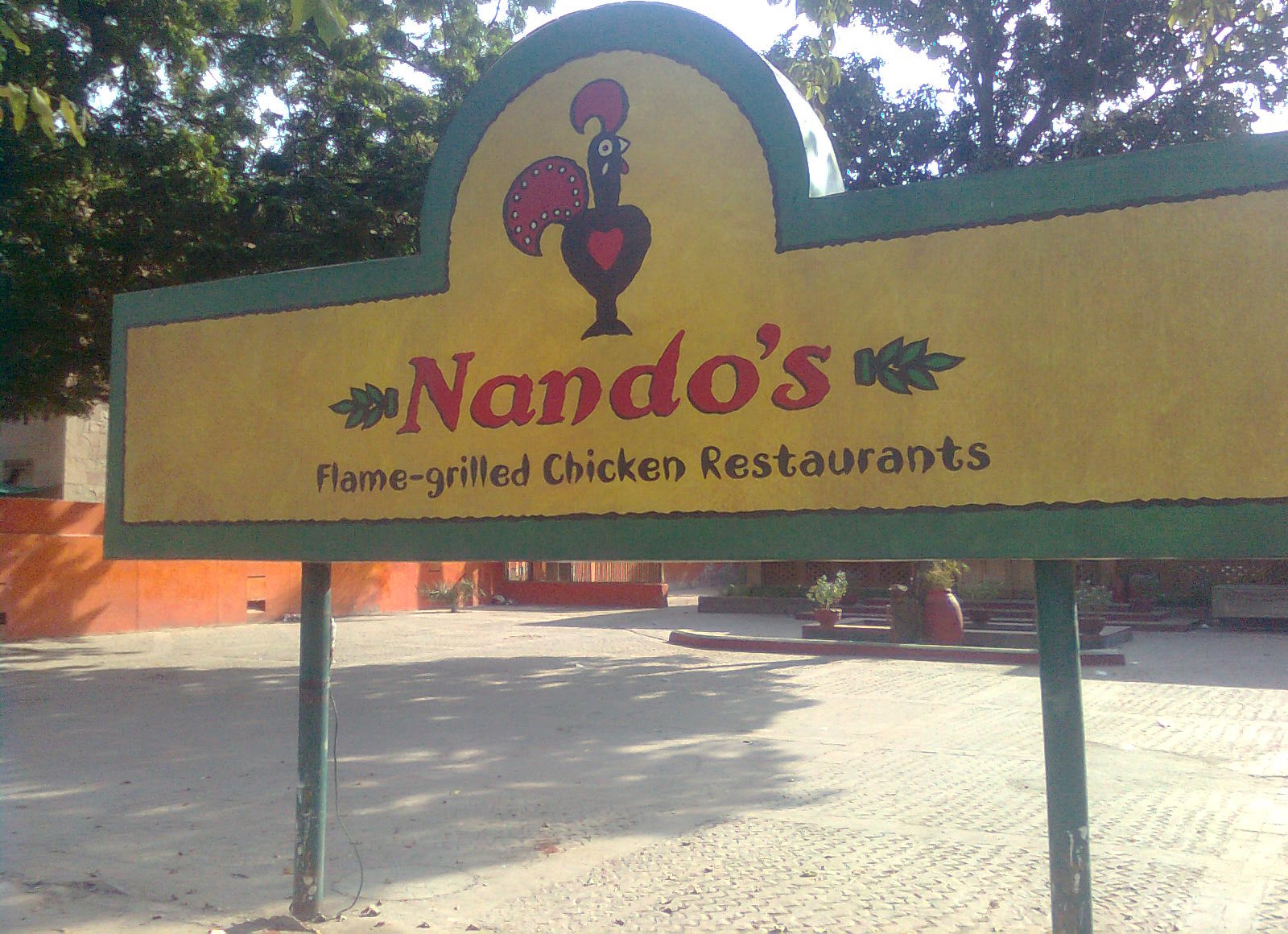How art in restaurants enhances the dining experience
We all have been to a Nando’s restaurant, where the vibrant African aura mingles seamlessly with the savoury dishes. More than one friend has exclaimed how “vibey” Nando’s is. Together with the creative decorations and pleasant lighting, the artworks found in Nando’s restaurants definitely play a part in enhancing the experience of their customers. In fact, many restaurants engage art as part of their decoration to improve customers’ experience. Some of them even utilise this potential to sell art pieces and promote artists. The use of art is almost indispensable in modern dining.
The presence of art enriches the sensory experience of the diners. They do not only taste the food, but also receive the relevant visual stimulus. By incorporating visual art in restaurants, restaurants can create their own unique cultural theme. I recently went to a Vietnamese restaurant in London which displayed photographic pieces depicting traditional bungalows in Vietnam. It renders historical and cultural value to the restaurant’s food and services. The customers do not go to the restaurant just for food and services; they also seek ambience, which composes a crucial part of fine dining. When I visited Nando’s in Leamington, the wooden furnishing materials, bold coloured paintings and African music are harmoniously put together to impress its customers.
Together with the creative decorations and pleasant lighting, the artworks found in Nando’s restaurants definitely play a part in enhancing the experience of their customers
But is art really necessary in restaurants? There is no definite answer to this question. I have been to restaurants that are decorated very simply and pleasantly. It is a matter of need rather than necessity. When restaurants have a unique theme to the food they proffer, the utilisation of art becomes useful to reinforce the cultural elements of their dishes. However, if restaurants do not have a defined cultural background to their food, it is potentially better to retain a vagueness in their cultural implications. The customers are able to establish their personalised connection with the restaurants through the food and the decoration; art is not always necessary.
The use of art potentially benefits the artists by increasing their chances of being discovered and appreciated. Many artists struggle to become widely known, but by displaying their art in restaurants, their audience is expanded. This creates a positive artistic environment where art is no longer restricted to only galleries and exhibitions. It introduces a nurturing environment where art becomes part of our daily life, and artists are more motivated to create more pieces.
When restaurants have a unique theme to the food they proffer, the utilisation of art becomes useful to reinforce the cultural elements of their dishes
Very importantly, art needs to be selected carefully to match the ambience of the restaurant. If the selection is not done properly, the art pieces may become totally out of place and harm the aesthetic harmony of the restaurants. I visited a pub in Wales where the drinks were deliciously well-made, but the art displayed was cheap and incongruent with the overall feeling of the pub. Hence, it is crucial to select the right pieces to display.
Beautiful art does not guarantee the success of the restaurant; it should serve as the highlight to a restaurant but not its only selling point. If the restaurant has great art, but the food is poor, it does not reflect well on the restaurant. I visited several restaurants with stunning appearances, but the food does not match up to their beauty. This juxtaposition between strong artistic appeal and disappointing food hinders the reputation of the restaurant and leaves an off-balanced impression.
Art engenders a unique dining culture in restaurants and improves the dining experience. At the same time, artists gain exposure to a larger audience. It is a very positive thing for both the restaurants and the artists. However, food and art need to be carefully entwined in a pleasing and harmonious way. Otherwise, it does not improve and may even compromise the customers’ experience.

Comments